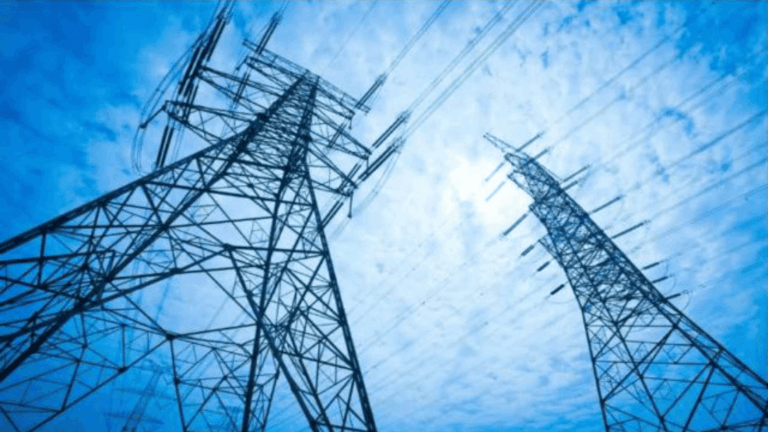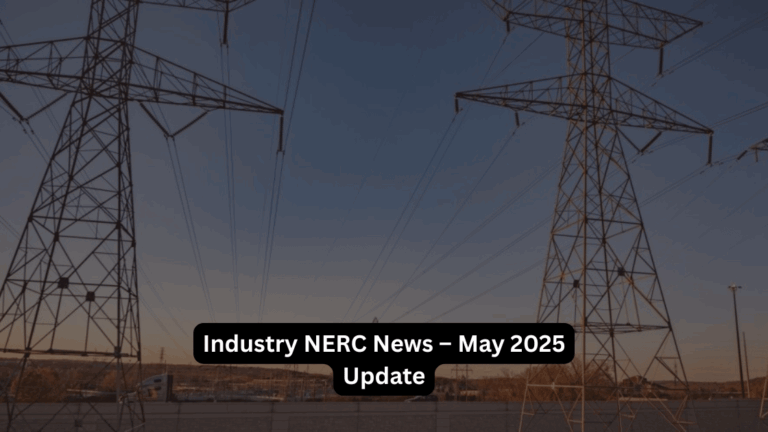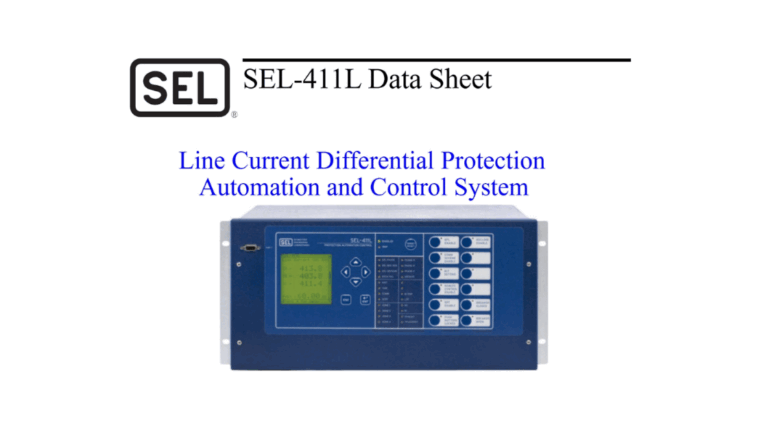Executive Summary
Modern substation design must meet stringent requirements for performance, reliability, safety, and predictive diagnostics. The IEEE C57 series standards form the backbone of engineering protocols for power transformers and instrumentation used in substations. This white paper explores six key IEEE standards—C57.127-2018, C57.13.5-2019, C57.135-2019, C57.1200-2021, C57.13-2016, and C57.91-2011—and highlights their applications in substation reliability, equipment monitoring, and regulatory compliance with NERC and utility guidelines.
IEEE C57.127-2018: Acoustic Emissions Detection
Purpose: Enables the detection and localization of acoustic emissions (AEs) from partial discharges (PDs) in liquid-insulated transformers and reactors.
Applications in Substation Design:
- Provides non-invasive, real-time transformer condition diagnostics.
- Supports condition-based maintenance in substations.
- Enables early detection of insulation degradation.
Key Design Integration:
- Strategic placement of acoustic transducers to enhance PD localization accuracy.
- Correlating AE data with dissolved gas analysis (DGA) for enhanced transformer health assessment.
IEEE C57.13.5-2019: High Voltage Instrument Transformer Testing
Purpose: Specifies testing criteria for instrument transformers operating at 115 kV and higher.
Applications in Substation Design:
- Ensures dielectric strength and arc resistance of CTs/VTs.
- Guides proper selection for EHV metering and protective relaying.
- Mandates specialized tests including PD detection, arc-proofing, and gas-tightness.
Key Design Integration:
- Alignment with insulation coordination protocols.
- Adherence to short-circuit and wind-resistance specifications in substation environments.
IEEE C57.135-2019: Diagnostic Guide for Transformers
Purpose: Offers procedures for diagnosing power transformer failures.
Applications in Substation Design:
- Facilitates detailed failure forensics during transformer outages.
- Utilizes DGA, power factor, and polarization index testing to assess transformer health.
Key Design Integration:
- Substation layouts optimized for sensor placement and sample access.
- SCADA integration for real-time transformer diagnostics and alarm triggering.
IEEE C57.1200-2021: General Requirements for Transformers
Purpose: Sets fundamental electrical and mechanical standards for liquid-immersed transformers.
Applications in Substation Design:
- Ensures consistent design for tank construction, grounding, insulation, and nameplate data.
- Provides a compliance benchmark for utility procurement and operation.
Key Design Integration:
- Guarantees fleet-wide compatibility for interchangeability.
- Verifies transformer performance against short-circuit, thermal limits, and voltage criteria.
IEEE C57.13-2016: Instrument Transformer Performance Standards
Purpose: Defines performance metrics and test requirements for current and voltage transformers.
Applications in Substation Design:
- Validates accuracy for metering and protection systems.
- Requires withstand tests for short-duration voltage and current stresses.
Key Design Integration:
- Defines burden, ratio accuracy, polarity, and marking standards.
- Supports protective relaying schemes and high-accuracy measurement systems.
Explore about Utility-Scale Battery Storage
IEEE C57.91-2011: Loading Guide for Mineral-Oil-Immersed Transformers
Purpose: Provides loading guidelines for exceeding nameplate ratings safely.
Applications in Substation Design:
- Offers standards for seasonal and emergency transformer loading.
- Guides utility operations in managing overload conditions.
Key Design Integration:
- Addresses cooling system performance and temperature rise management.
- Informs LTC operation during overload and transient load conditions.
Explore MEP engineering services
Conclusion
The integration of IEEE C57 standards is vital to achieving high-reliability substation designs. These standards ensure excellence in transformer diagnostics, load management, instrument accuracy, and overall equipment lifecycle optimization. By adhering to IEEE guidelines, Keentel Engineering delivers substation solutions that meet the highest benchmarks of utility compliance, transformer performance, and system resilience.
Frequently Asked Questions
1. What is the scope of IEEE C57.127-2018?
This guide addresses detection, location, and interpretation of acoustic emissions (AEs) from electrical discharges in power transformers and reactors. It supports PD diagnostics through AE sensor placement and signal interpretation.
2. What testing method is recommended for PD location using AE?
AE testing involves placing sensors at strategic locations based on transformer geometry to isolate PD sources. Arrangements are based on transformer phase locations and physical access constraints.
3. What does IEEE C57.13.5-2019 specify for high-voltage instrument transformers?
It provides performance and testing requirements for instrument transformers above 115 kV, including test sequences for routine and type tests and insulation coordination.
4. Which type tests are mandatory under IEEE C57.13.5-2019?
Type tests include impulse voltage withstand, RIV, temperature rise, mechanical endurance, and accuracy performance tests.
5. What is the significance of the creepage distance in high-voltage instrument transformers?
Creepage distance ensures insulation reliability. It’s measured with a gum tape along the insulator surface and must comply with Table 2 in the standard.
6. How does IEEE C57.13-2016 define transformer accuracy classes?
Accuracy classes are defined for metering and relaying applications, based on limits of ratio error and phase angle deviation under specific burden and power factor conditions.
7. What tests are included in the IEEE C57.13 routine test schedule?
Routine tests cover ratio, polarity, insulation resistance, excitation, burden, and accuracy to validate the transformer’s compliance with design specifications.
8. What defines a standard burden in transformer accuracy testing?
Standard burden represents the impedance connected to the secondary winding and is used to evaluate transformer accuracy under defined operating conditions.
9. What are the key updates in IEEE C57.1200-2021?
Revisions include clearer BIL nameplate instructions, revised temperature calculation equations, added partial discharge test for core grounding, and updated sound level references.
10. What are the service condition limits under IEEE C57.1200?
Air-cooled transformers must operate below 40°C max and 30°C average ambient temperature, while liquid temperatures should not go below −20°C.
11. What does IEEE C57.135-2019 specify?
This standard focuses on guide requirements for the evaluation of gas-insulated transformers (GIT), including test recommendations and aging characteristics.
12. What are short-time thermal rating calculations based on?
They rely on IEEE C57.13 clauses and determine stray conductor loss and short-circuit current densities to confirm compliance with thermal withstand criteria.
13. What internal arc protection measures are discussed in IEEE C57.13.5-2019?
The document outlines criteria for classifying arc-resistant designs and performance thresholds during simulated internal fault conditions.
14. What transformer life criteria does IEEE C57.91-2011 use?
Life is assessed based on insulation aging curves, with equations allowing calculation of percent loss of insulation life over loading scenarios.
15. How does IEEE C57.91 handle ambient temperature?
It provides temperature adjustment factors and approximations for air- and water-cooled systems to ensure safe loading decisions.
16. What does the guide say about overloading beyond nameplate?
IEEE C57.91-2011 supports planned and emergency overloading with evaluation criteria for insulation aging, thermal capability, and long/short duration profiles.
17. What calculations are given for hot-spot temperatures?
The standard gives equations for top-oil, average winding, and hottest-spot temperature, considering transient loading and cooling behavior.
18. What loading guidance is provided for voltage regulators?
Clause 8.4 of IEEE C57.91-2011 outlines voltage regulator-specific aging and temperature models based on duty cycle and ambient conditions.
19. How is percent loss of insulation life calculated?
It is determined using aging acceleration factors and life consumption equations derived from winding temperature over time.
20. Are there guidelines for cold-load pickup?
Yes, Annex F of IEEE C57.91 includes ratios, durations, and response recommendations for transformers under cold-start demand surges.
21. How does IEEE C57.1200 define angular displacement?
For Y-Δ and Δ-Y connections, a 30° lag is specified for the low-voltage side; for Δ-Δ and Y-Y, it’s zero, unless otherwise marked on the nameplate.
22. What dielectric coordination is required by C57.1200?
It mandates coordinated impulse and low-frequency insulation levels at terminals, factoring in BIL and system voltage requirements.
23. How does IEEE C57.127 describe sensor placement for PD?
It outlines specific placement strategies (top/middle/bottom) per transformer phase to isolate discharge sources accurately using AE data.
24. What temperature rise thresholds are acceptable for instrument transformers per IEEE C57.13.5-2019?
Typical temperature rise is ~10°C or less; calculations may substitute heat run tests if validated by prior results.
25. What type of test verifies gas sealing integrity in instrument transformers?
A low-temperature leakage test using gas-filled enclosures with known volumes and pressure monitoring is conducted per Annex A.






